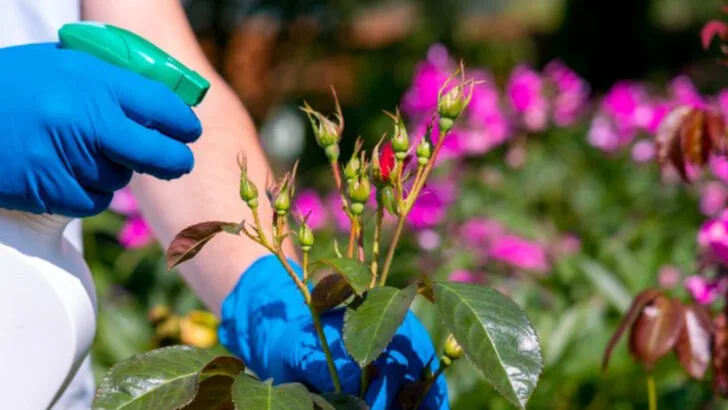Growing your own vegetables sounds simple — just plant, water, and wait, right? But even experienced gardeners fall into common traps that can leave crops looking sad, tasteless, or refusing to grow at all.
The truth is, many of the mistakes people make aren’t obvious. From over-loving your plants to choosing the wrong spot in your yard, these small errors can add up to a season of frustration instead of fresh food. The good news? Most of them are super easy to fix — once you know what to look for.
This list of 15 homegrown veggie mistakes breaks down exactly what goes wrong — and how to turn it around fast. Whether you’re working with a backyard, balcony, or just a few pots on the patio, these tips will help your garden thrive (without driving you crazy).
Overcrowding Plants

Many eager gardeners plant too closely, thinking they will maximize their garden space. This often results in plants competing for nutrients, water, and light, leading to stunted growth and lower yields. Think of it as a crowded subway, where nobody can stretch their legs or breathe freely. Ensuring adequate spacing between plants, based on specific vegetable requirements, is crucial. Remember, each plant needs its own room to flourish. Research the exact spacing needed for each type of vegetable you intend to grow.
Improper Watering Techniques

Is your watering method helping or harming your plants? Over-watering or under-watering are common mistakes. Picture a soggy sponge or a dry desert. Both extremes can be detrimental to plant health. Consistent, even watering is the key. Consider using a drip irrigation system to control the exact amount of water each plant receives. This method can prevent waterlogged roots and ensure your vegetables thrive in well-drained soil.
Ignoring Soil Quality
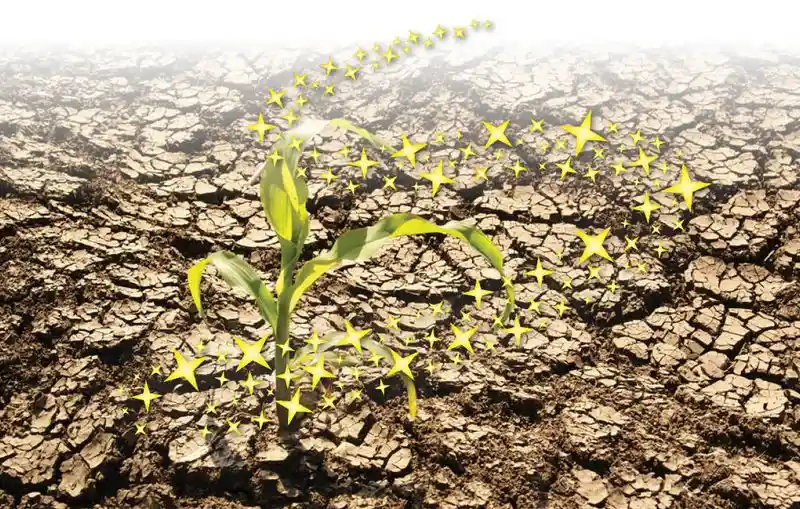
Healthy plants begin with healthy soil. It’s the foundation of your garden, yet often overlooked. Imagine trying to build a house on quicksand. Testing soil can reveal deficiencies in nutrients or pH imbalance. Amending soil with organic matter, like compost or well-rotted manure, can transform barren ground into fertile earth. Regularly test and adjust soil quality to ensure robust vegetable growth throughout the season.
Neglecting Pest Control
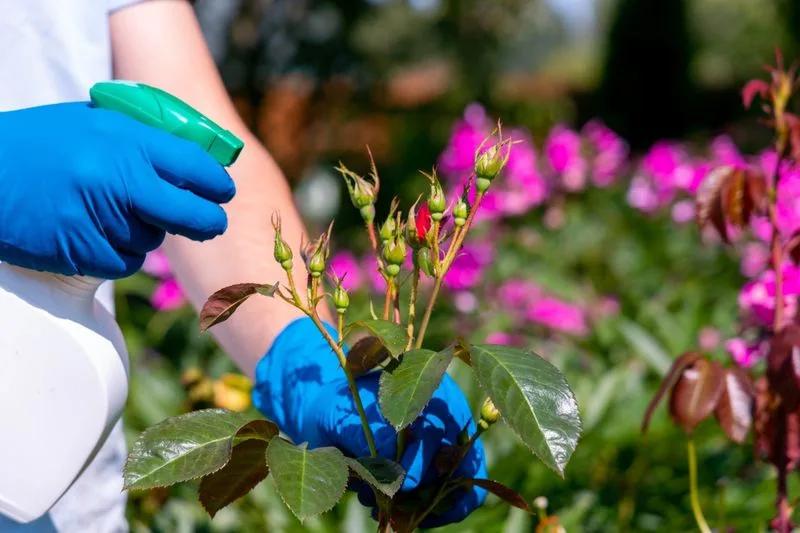
Those tiny creatures can wreak havoc on your hard-earned vegetables. Imagine a banquet where uninvited guests eat more than the hosts. Pests can quickly destroy plants if left unchecked. Implementing natural pest control measures, like attracting beneficial insects or using organic sprays, can make a world of difference. Regularly inspect plants for signs of infestation to maintain a healthy garden environment.
Planting Out of Season

Timing is everything when it comes to planting. It’s like trying to wear a snow coat in summer—just won’t work. Many gardeners mistakenly plant vegetables at the wrong time of year, leading to poor growth or no harvest. Familiarize yourself with the ideal planting seasons for your region and the specific requirements for each vegetable type. This knowledge can help you plan your garden calendar effectively.
Using Chemical Fertilizers Excessively

While fertilizers can boost plant growth, too much of a good thing can lead to disaster. Picture a child eating candy nonstop. Excessive chemical fertilizers can cause nutrient burn and harm beneficial soil organisms. Opt for organic fertilizers or compost to nourish plants in a balanced manner. Regularly check for signs of over-fertilization and adjust your feeding schedule accordingly to maintain plant health.
Ignoring Sunlight Requirements
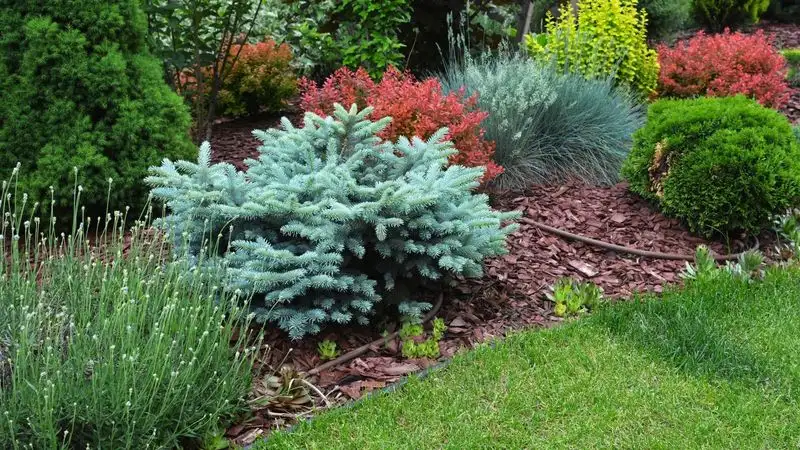
Sunlight, much like water, is essential for plant health. Picture a plant stretching desperately towards a dim light. Some vegetables need full sun, while others thrive in partial shade. Misjudging these needs can lead to poor growth. Make sure to plant each vegetable in a spot that meets its sunlight requirements. Adjust garden layouts seasonally if needed, to ensure all plants receive appropriate light exposure.
Harvesting Too Early or Late
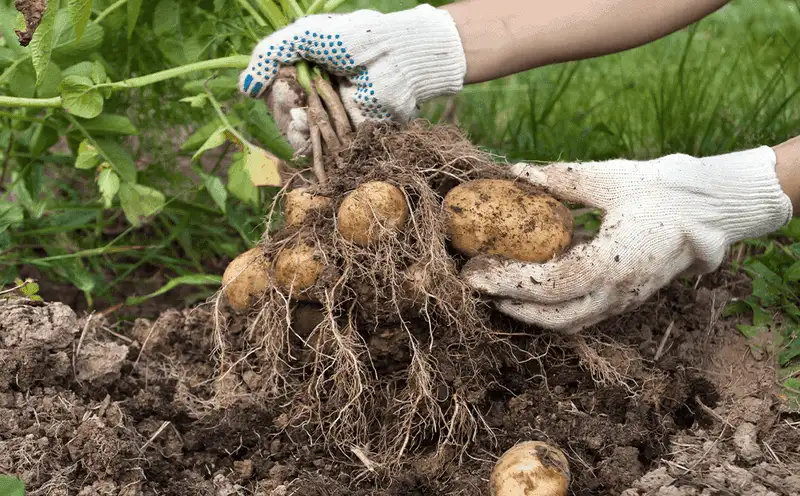
Harvest timing can be tricky, but it’s as crucial as the planting itself. It’s akin to picking fruit before it’s ripe or letting it rot on the vine. Knowing when to harvest ensures peak flavor and nutritional value. Learn the signs of readiness for each vegetable, such as color changes or size indicators. This knowledge can significantly affect the quality and enjoyment of your homegrown produce.
Not Using Companion Planting
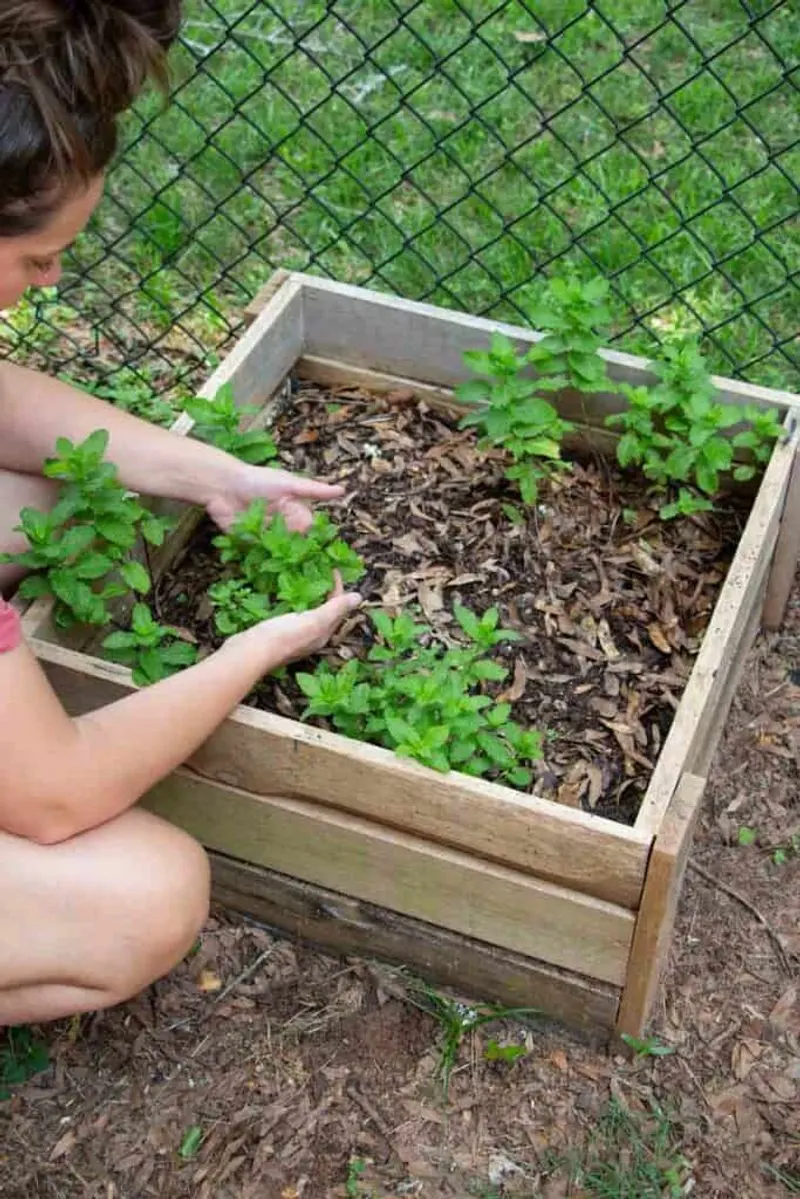
Imagine a team where everyone complements each other’s skills perfectly. That’s what companion planting can do for your garden. Pairing certain vegetables together enhances growth, repels pests, and even improves flavor. Incorporate plants that benefit each other, like tomatoes with basil or carrots with onions. Experimenting with different combinations can lead to a more productive and harmonious garden.
Neglecting Crop Rotation

Sticking with the same planting scheme annually can lead to nutrient depletion and pest buildup, much like a monotonous diet. Crop rotation is the answer. By changing plant locations annually, you maintain soil health and disrupt pest cycles. Plan a rotation system that suits your garden size and the types of vegetables you grow, ensuring a sustainable and thriving garden environment year after year.
Overlooking Weeding
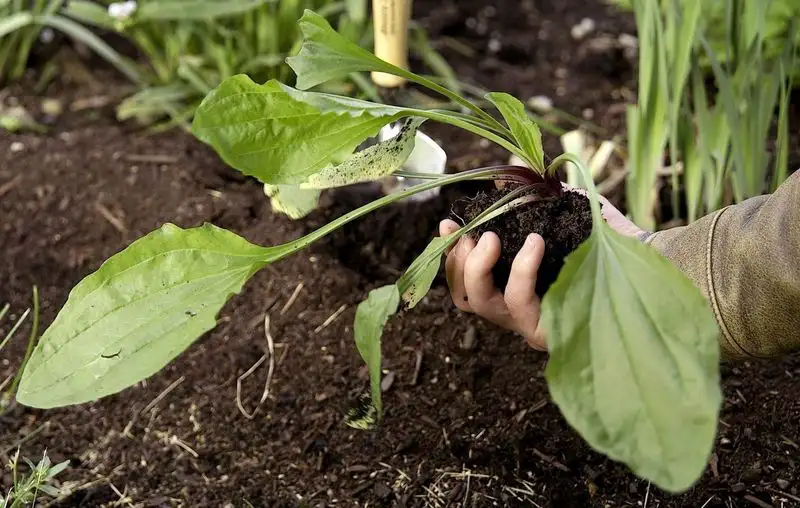
Weeds are the uninvited guests at the garden party, competing for nutrients and space. Regular weeding is essential to give your vegetables the best chance to thrive. It’s a bit like clearing clutter from a crowded room. Keep a consistent weeding schedule, and consider mulching to suppress weed growth. This practice not only enhances your garden’s appearance but also its productivity.
Using Wrong Tools
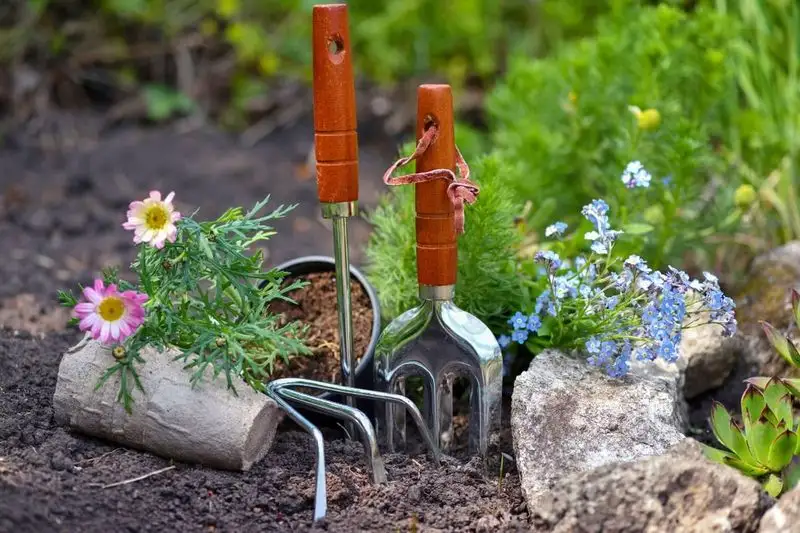
The right tools can make or break your gardening experience. Imagine trying to paint a delicate canvas with a mop. Using tools that are too large or not suited for specific tasks can damage both plants and patience. Invest in quality, size-appropriate tools to ease your gardening chores. Research and select tools tailored to your garden’s needs to work smarter, not harder.
Ignoring Plant Labels
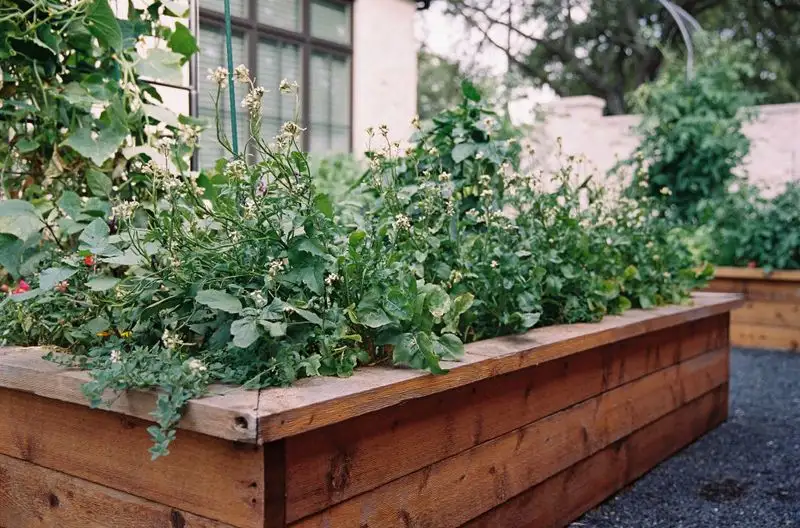
Plant labels are more than mere decorations; they are vital for garden organization. It’s like navigating a city without street signs. Misidentifying plants can lead to incorrect care and missed harvest opportunities. Use durable labels or tags to identify each vegetable clearly. This simple practice can save time, prevent mistakes, and ensure each plant receives tailored care throughout its growth cycle.
Poor Garden Planning

A well-planned garden is akin to a well-orchestrated symphony, where everything has its place and purpose. Haphazard planting can lead to chaos and inefficiency. Take time to design your garden layout, considering factors like plant size, sunlight, and water needs. Thorough planning can lead to a more productive, easy-to-maintain garden.

